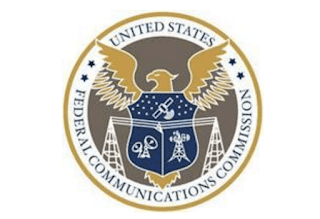SK Telecom is developing quantum cryptography networking by integrating equipment from different manufacturers via software-defined networking (SDN) and distributing quantum keys in an automated manner.
SKT said that it completed verification of the technology on the Korea Advanced Research Network (KOREN), a non-profit testbed network infrastructure operated by the National Information Society Agency (NIA) to facilitate research, test and verification of future network leading technologies and related equipment.
Based on the results of development and verification of the technology, SKT has been actively promoting standardization by sharing the case with global telcos.
SKT is proposing two standardization tasks - i.e. ‘Control Interface of Software Defined Networks’ and ‘Orchestration Interface of Software Defined Networks for Interoperable Key Management System’ - to the European Telecommunications Standards Institute (ETSI), and they were chosen as work items by the ETSI industry specification group for QKD (ISG-QKD) in March 2023.
Meanwhile, at this year's IOWN Global Forum Workshop, SKT delivered a presentation on 'Quantum Secure Interconnection for Critical Infrastructure,’ covering use cases for next-generation transmission encryption technology and proposal for a proof-of-concept (PoC) of quantum cryptography in All-Photonics Network (APN). The company also showcased its quantum cryptography communication technologies at 2023 MWC Barcelona.
“The two standardization tasks approved as work items by ETSI will boost the expansion of quantum cryptography communication in the global market,” said Ha Min-yong, Chief Development Officer of SKT. “We will work with diverse global players in many different areas to create new business opportunities in the global market.”
https://www.sktelecom.com/en/press/press_detail.do?idx=1563













